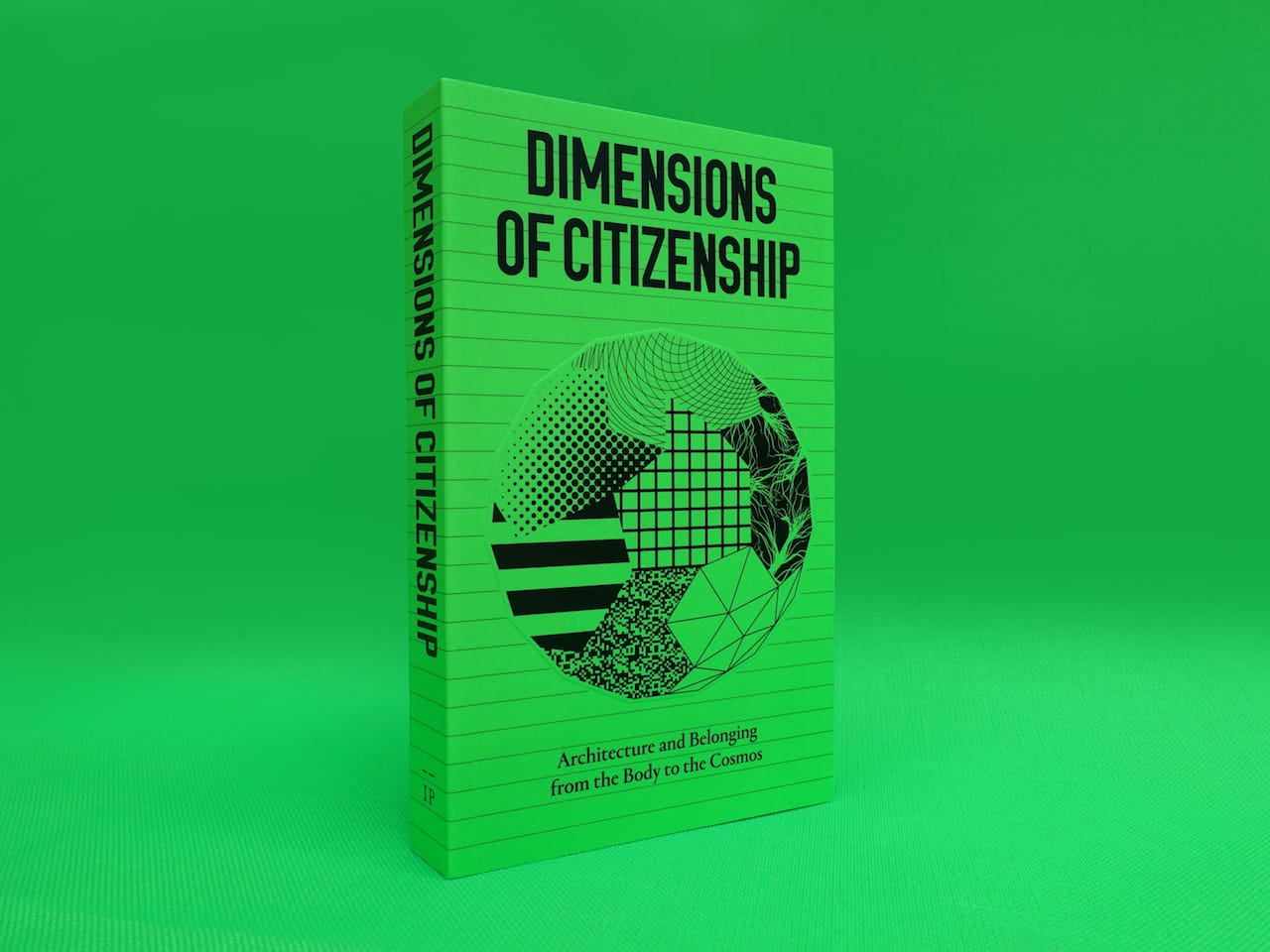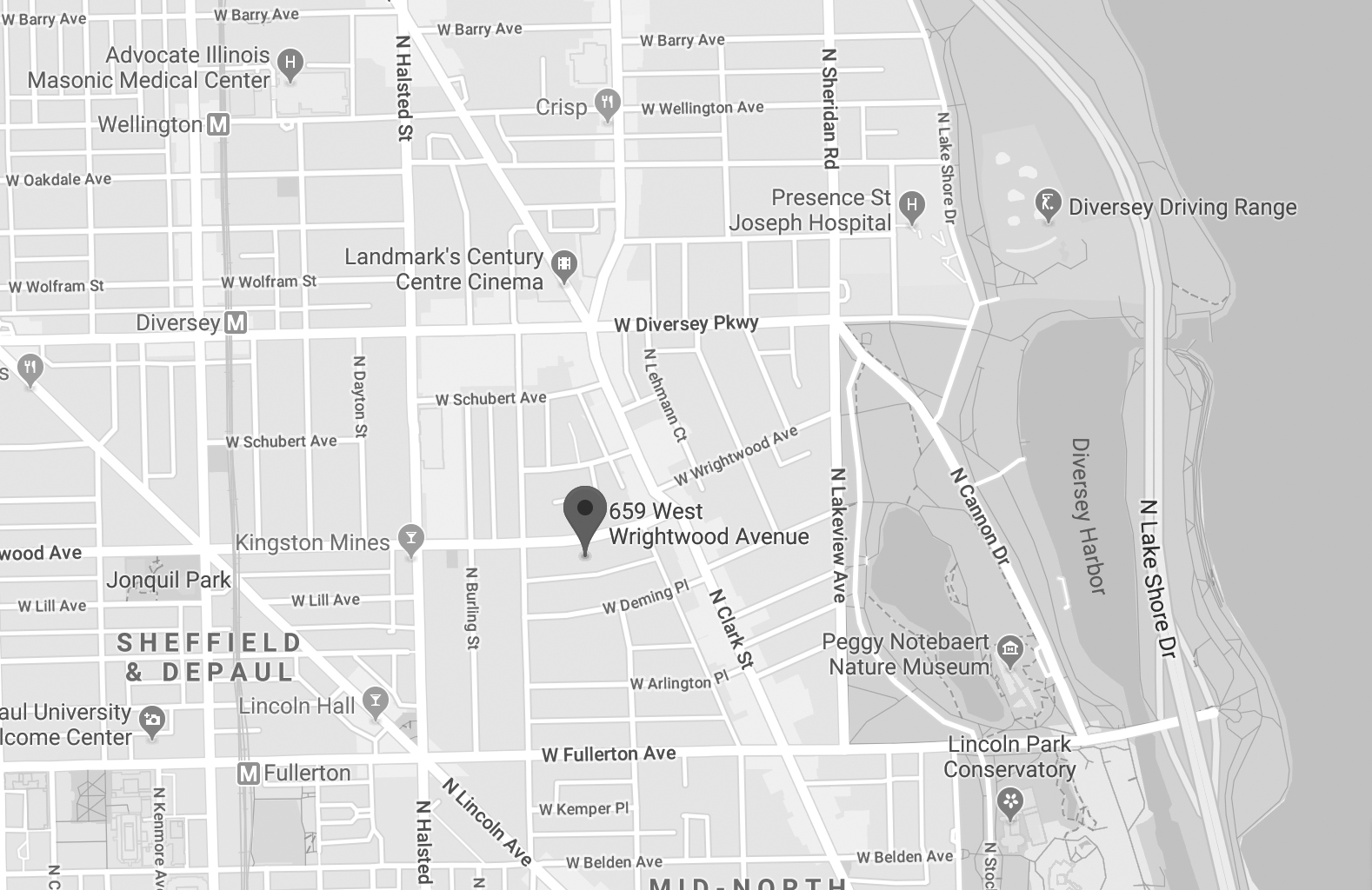Dimensions
of Citizenship


In a time when the expansion of the United States–Mexico border wall looms over more nuanced discourses on national citizenship, it is urgent for architects and designers to envision what it means to be a citizen today.
Questions of belonging, of who should be included and how, are posed with every athlete taking a knee, every #metoo, every presidential tweet, and every protest sign or fist raised. Yet as transnational flows of capital, digital technologies, and geopolitical transformations expand, conventional notions of citizenship are undermined. We define the term as a tangle of rights, responsibilities, and attachments linked to the built environment. And so we ask: How might architecture respond to, shape, and express rhizomatic and paradoxical conditions of citizenship?
The US Pavilion explores seven spatial scales: Citizen, Civitas, Region, Nation, Globe, Network, and Cosmos. These scales, telescoping from body to city to heavens, broadly position citizenship as a critical global topic. Commissioned installations by architects, landscape architects, artists, and theorists investigate spaces of citizenship marked by histories of inequality and the violence imposed on people, non-human actors, and ecologies. These works aim to manifest the democratic ideals of inclusion against the grain of broader systems: new forms of sharing economy platforms, the legacies of the Underground Railroad, tenuous cross-national alliances at the border region, or the seemingly Sisyphean task of buttressing coastline topologies against rising tides.
The installations and the film and video works on view do not solve the complex relationships of governance, affinity, and circumstance that bind us, citizen to stranger, self to other. Instead, they use architecture’s disciplinary agency to render visible paradoxes and formulations of belonging. Only when spatial understandings of citizenship—legal, cultural, and ecological—are in sight might we struggle free from antiquated definitions, forms, or bureaucracies and activate potent spaces for design.

Globalization, technology, and politics have altered the definition and expectations of citizenship and the right to place. Dimensions of Citizenship documents contributions from the seven firms selected to represent the United States in the 2018 Venice Architecture Biennale. This paperback volume profiles and illustrates each of the US Pavilion contributions and contextualizes them in terms of scale.
Drawing inspiration from the Eames’ Power of Ten, Dimensions of Citizenship will provide a view of belonging across seven stages starting with the individual (Citizen), then the collective (Civic, Region, Nation), and expanding to include all phases of contemporary society, real and projected (Globe, Network, Cosmos). Additional essays—by Ingrid Burrington, Ana María León, and Nicholas de Monchaux, among others—will offer essential and enquiring responses to these themes.
From “social to speculative; technical to theoretical,” the participating teams lead intellectual and architectural practices that not only situate the US as a leading center of critical research at the heart of the debate on citizenship, social conscience, and a just society, but also as a place at the intersection of political action, public policy, and changing notions of nationality.
Participants in the US Pavilion at the 2018 Venice Architecture Biennale are: Amanda Williams & Andres L. Hernandez with Shani Crowe (Chicago, IL); Design Earth (Cambridge, MA); Diller Scofidio + Renfro, Laura Kurgan, Robert Gerard Pietrusko with Columbia Center for Spatial Research (New York, NY); Estudio Teddy Cruz + Fonna Forman (San Diego, CA); Keller Easterling (New Haven, CT); SCAPE (New York, NY); and Studio Gang (Chicago, IL). The exhibition is curated by Niall Atkinson, Ann Lui, and Mimi Zeiger; and commissioned by the School of the Art Institute Chicago and University of Chicago.

773.437.6601